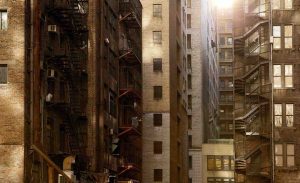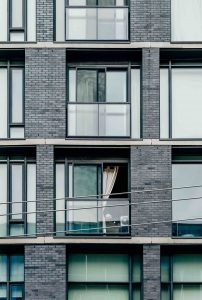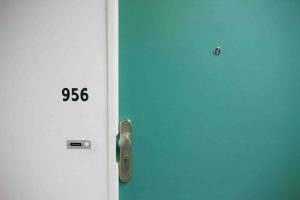 If you rent your home in the San Francisco area, you most likely are aware of San Francisco’s Rent Control Ordinance. Even if you currently rent or you are thinking of coming to the area and renting, there are many specifics of the ordinance you may not know about. Consider the following when looking for a new place to live or if you feel like your current landlord is not following the law.
If you rent your home in the San Francisco area, you most likely are aware of San Francisco’s Rent Control Ordinance. Even if you currently rent or you are thinking of coming to the area and renting, there are many specifics of the ordinance you may not know about. Consider the following when looking for a new place to live or if you feel like your current landlord is not following the law.
What Does the Ordinance do?
The San Francisco Rent Ordinance provides a number of protections to tenants who rent or lease a dwelling. First and perhaps foremost, the law regulates the amount that rent can be increased annually for specific dwellings in specific situations. To this end, the law also allows only a certain amount of capital improvement costs to be passed on to the tenant by the landlord. It also allows the tenant to petition the Rent Board for a decrease in rent if the landlord has failed to provide services that have been agreed upon or that are required by law. This includes if the landlord has not maintained the premises in a habitable manner or if unit has uncorrected housing code violations. Secondly, the law regulates the circumstances under which a tenant may be evicted.
 San Francisco Injury Lawyer Blog
San Francisco Injury Lawyer Blog









